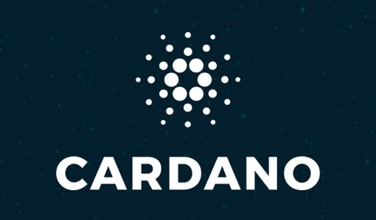Cardano improves node architecture with emphasis on diversity and modularity.

Cardano is taking a significant step in its infrastructure development as Input Output (IOHK) announces plans to diversify and modularize its node architecture. This strategic shift aims to enhance the blockchain’s robustness, efficiency, and scalability by allowing for multiple node implementations, decreasing reliance on a single codebase.
Why Node Diversity Matters
In the realm of blockchain ecosystems, having a single dominant node client can pose a systemic risk. Any vulnerabilities in that client, whether stemming from bugs or exploits, can jeopardize network stability. IOHK underscores the importance of introducing alternative node variants developed by different teams using various programming languages. This approach enhances fault tolerance and fosters innovation.
A multi-client environment supports specialized optimization and fosters more inclusive development, enabling nodes to be customized to specific platforms, applications, and performance needs. Furthermore, this aligns with Cardano’s broader decentralization objectives.
Key Enhancements for the Cardano Node
As part of its overarching infrastructure roadmap, IOHK has outlined several significant upgrades aimed at boosting node performance and enhancing the experience for network participants, notably stake pool operators (SPOs):
1. Log-Structured Merge (LSM) Trees: By implementing memory optimizations like migrating the UTXO set to disk using Lightning Memory-Mapped Database (LMDB) and eventually transitioning to a custom LSM library, Cardano aims to decrease memory consumption and support long-term scalability goals.
2. Staking Incentive Redesign: IOHK is considering modifications to the reward structure to promote greater diversity among SPOs, particularly smaller, independent operators, with the goal of alleviating centralization pressures and enhancing inclusivity.
3. Anti-Grinding Enhancements: To safeguard the Ouroboros consensus layer against manipulation attacks, IOHK is working on cryptographic updates to nonce calculation and exploring adjustments to the consensus parameter K to enhance settlement guarantees and finality without compromising fairness.
4. Tiered Transaction Fees: A dynamic pricing model is in development to enhance fee predictability and congestion management, offering users the choice between standard, priority, and assured transaction tiers with varying fee levels and time expectations.
Local Nodes for Trustless User Engagement
Apart from infrastructure updates for operators, IOHK is also prioritizing enhancements for end-users. Plans are in place for a lightweight desktop node enabling direct, trustless interaction with the blockchain, eliminating the need for third-party APIs. This local node will support selective data indexing, storing only pertinent information, allowing wallets to connect directly and shifting reliance from centralized API services. IOHK envisions a future where individuals and SPOs can act as distributed data providers within the network.
Project Acropolis: Embracing a Modular Future
Project Acropolis stands out as a groundbreaking initiative by IOHK to revamp the Cardano node into a modular, language-flexible architecture. While the original Haskell-based implementation offered security and formal verification benefits, it limited broader developer engagement. Acropolis leverages Rust-based modules and the Caryatid framework to facilitate seamless integration, rapid iteration, and efficient deployment. The roadmap includes developing a data node with open interfaces, adding validation and block production support, replacing legacy tooling with modern, resource-efficient components, and exploring scalability enhancements through Leios.
IOHK anticipates that this architectural transformation will streamline developer onboarding, reduce hardware requirements, shorten syncing times, and enhance the network’s long-term sustainability.
In conclusion, Cardano’s pivot towards a diverse and modular node design represents a pivotal move in advancing decentralized systems.





